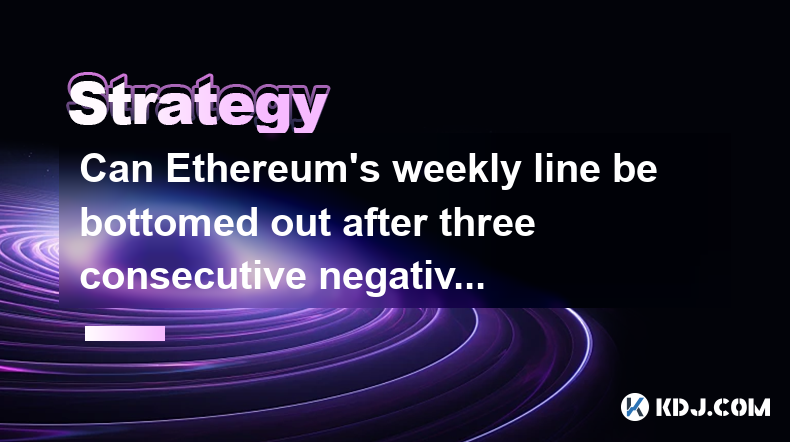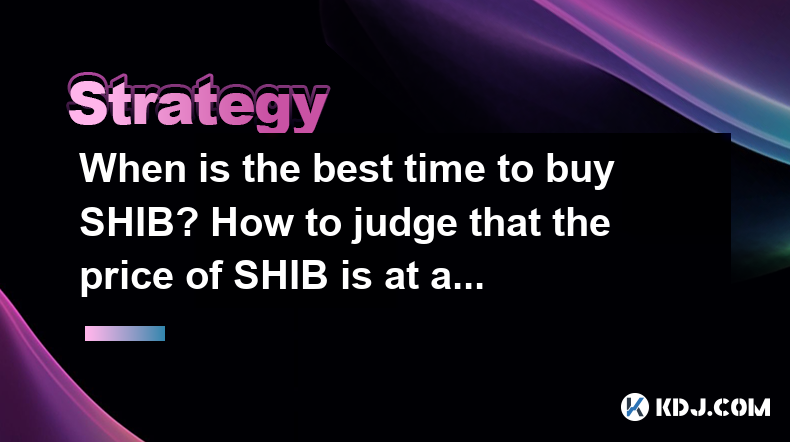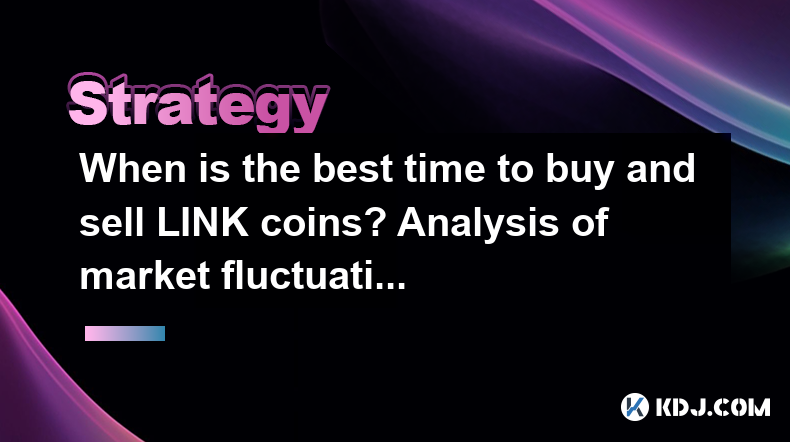-
 Bitcoin
Bitcoin $95,323.9554
1.58% -
 Ethereum
Ethereum $1,810.3024
0.39% -
 Tether USDt
Tether USDt $1.0003
0.00% -
 XRP
XRP $2.3203
6.46% -
 BNB
BNB $606.8714
1.21% -
 Solana
Solana $151.1130
2.25% -
 USDC
USDC $0.9999
-0.02% -
 Dogecoin
Dogecoin $0.1810
0.47% -
 Cardano
Cardano $0.7174
3.34% -
 TRON
TRON $0.2469
-1.12% -
 Sui
Sui $3.7756
4.14% -
 Chainlink
Chainlink $14.9011
2.58% -
 Avalanche
Avalanche $22.1577
0.56% -
 Stellar
Stellar $0.2887
2.53% -
 Toncoin
Toncoin $3.2964
1.56% -
 Hedera
Hedera $0.1956
4.05% -
 UNUS SED LEO
UNUS SED LEO $8.9274
-0.83% -
 Shiba Inu
Shiba Inu $0.0...01385
1.66% -
 Bitcoin Cash
Bitcoin Cash $352.7203
0.30% -
 Polkadot
Polkadot $4.2183
2.84% -
 Litecoin
Litecoin $87.2404
1.50% -
 Hyperliquid
Hyperliquid $18.1316
3.46% -
 Dai
Dai $1.0002
0.02% -
 Bitget Token
Bitget Token $4.4051
-0.58% -
 Monero
Monero $279.0806
22.40% -
 Ethena USDe
Ethena USDe $0.9996
0.01% -
 Pi
Pi $0.6143
-3.33% -
 Pepe
Pepe $0.0...09045
1.47% -
 Uniswap
Uniswap $5.5934
-1.57% -
 Aptos
Aptos $5.6233
2.16%
Can Ethereum's weekly line be bottomed out after three consecutive negatives?
Ethereum's weekly line chart is key for traders; three consecutive negatives may signal a bottom, but volume and sentiment are crucial factors to consider.
Apr 24, 2025 at 10:56 am

In the dynamic world of cryptocurrencies, understanding market trends and patterns is crucial for investors and traders alike. One of the significant aspects of technical analysis in this field is the examination of weekly line charts, particularly for major cryptocurrencies like Ethereum. The question of whether Ethereum's weekly line can be bottomed out after three consecutive negatives is a topic of interest and concern for many in the crypto community. This article delves into this subject, providing a comprehensive analysis and insights into Ethereum's market behavior.
Understanding the Weekly Line Chart
The weekly line chart is a crucial tool in the arsenal of any cryptocurrency trader. It provides a broader view of the market's movements over a week, smoothing out daily volatility and offering a clearer picture of long-term trends. For Ethereum, this chart is particularly important due to its volatility and the significant impact it has on the overall crypto market.
When analyzing Ethereum's weekly line chart, it's essential to look at the closing prices of each week. A negative week is one where the closing price is lower than the opening price, indicating a bearish trend. Three consecutive negative weeks can signal a strong downward momentum, but it does not necessarily mean that the market has bottomed out.
Factors Influencing Ethereum's Market Bottom
Several factors can influence whether Ethereum's weekly line can be considered to have bottomed out after three consecutive negatives. These include:
Market Sentiment: The overall sentiment in the crypto market can significantly affect Ethereum's price. If the sentiment is bearish, it might take longer for the market to bottom out.
Fundamental Developments: Any significant updates or changes in Ethereum's network, such as upgrades or new partnerships, can impact its price and potentially signal a bottom.
Technical Indicators: Other technical indicators, such as the Relative Strength Index (RSI) or Moving Averages, can provide additional insights into whether Ethereum's price is likely to rebound.
External Economic Factors: Macroeconomic events, such as changes in interest rates or regulatory news, can also play a role in determining whether Ethereum's weekly line has bottomed out.
Analyzing Historical Data
To understand whether Ethereum's weekly line can be bottomed out after three consecutive negatives, it's helpful to look at historical data. By examining past instances where Ethereum experienced three consecutive negative weeks, we can identify patterns and potential outcomes.
For instance, in the past, there have been periods where Ethereum's price continued to decline after three negative weeks, indicating that the market had not yet bottomed out. Conversely, there have also been instances where the price rebounded shortly after, suggesting that the market had indeed reached a bottom.
The Role of Volume in Confirming a Bottom
Volume is another critical factor to consider when determining if Ethereum's weekly line has bottomed out. A significant increase in trading volume during or after three consecutive negative weeks can indicate that the market is reaching a bottom. High volume suggests that there is strong interest in Ethereum at the current price levels, which can lead to a reversal.
Conversely, if the volume remains low, it might indicate that the market has not yet found a bottom, and the downward trend could continue. Therefore, traders should closely monitor volume alongside the weekly line chart to make informed decisions.
Strategies for Trading After Three Consecutive Negatives
When Ethereum experiences three consecutive negative weeks, traders need to adopt specific strategies to navigate the market effectively. Here are some approaches that can be employed:
Wait for Confirmation: Instead of immediately buying or selling based on three negative weeks, traders should wait for additional confirmation signals. This could include a positive weekly close or a significant increase in volume.
Use Stop-Loss Orders: Implementing stop-loss orders can help manage risk if the market continues to decline after three negative weeks. This ensures that losses are minimized.
Diversify Holdings: Diversifying investments across different cryptocurrencies can mitigate the risk associated with a potential continued decline in Ethereum's price.
Monitor Technical Indicators: Keeping an eye on other technical indicators, such as the RSI or MACD, can provide additional insights into whether the market is likely to reverse or continue its downward trend.
Case Studies of Ethereum's Market Behavior
Examining specific case studies can provide further clarity on whether Ethereum's weekly line can be bottomed out after three consecutive negatives. Let's look at a few examples:
Case Study 1: In early 2020, Ethereum experienced three consecutive negative weeks, followed by a significant rebound. The increase in volume and positive market sentiment at the time contributed to this reversal.
Case Study 2: In late 2018, Ethereum saw three negative weeks, but the market continued to decline for several more weeks. In this case, the lack of volume and negative sentiment prolonged the bearish trend.
Case Study 3: In mid-2021, Ethereum had three negative weeks, but the market quickly found a bottom due to positive developments in the Ethereum ecosystem and a surge in volume.
These case studies illustrate that the outcome after three consecutive negative weeks can vary significantly based on various factors, and traders should consider the broader context before making decisions.
The Importance of Patience and Discipline
In the volatile world of cryptocurrencies, patience and discipline are key virtues for traders. After three consecutive negative weeks for Ethereum, it's crucial not to make impulsive decisions based solely on this pattern. Instead, traders should take a holistic approach, considering all relevant factors and waiting for clear signals before acting.
By maintaining discipline and adhering to a well-thought-out trading strategy, investors can navigate the market more effectively and potentially capitalize on opportunities that arise after a period of decline.
Frequently Asked Questions
Q1: How can I identify a potential bottom in Ethereum's weekly line chart?
A1: To identify a potential bottom in Ethereum's weekly line chart, look for a combination of factors such as a positive weekly close following three negative weeks, an increase in trading volume, and supportive signals from other technical indicators like the RSI or MACD. Additionally, consider the overall market sentiment and any fundamental developments in the Ethereum ecosystem.
Q2: What are the risks of buying Ethereum immediately after three consecutive negative weeks?
A2: Buying Ethereum immediately after three consecutive negative weeks carries the risk that the market has not yet bottomed out and could continue to decline. This could result in further losses if the price continues to drop. It's essential to wait for additional confirmation signals and to use risk management tools like stop-loss orders to mitigate potential losses.
Q3: How important is volume in determining whether Ethereum's weekly line has bottomed out?
A3: Volume is crucial in determining whether Ethereum's weekly line has bottomed out. A significant increase in volume during or after three consecutive negative weeks can indicate strong buying interest at current price levels, suggesting that the market may be reaching a bottom. Conversely, low volume might indicate that the market has not yet found a bottom, and the downward trend could persist.
Q4: Can fundamental developments in Ethereum's network influence whether the weekly line has bottomed out?
A4: Yes, fundamental developments in Ethereum's network can significantly influence whether the weekly line has bottomed out. Positive updates, such as network upgrades or new partnerships, can boost market confidence and lead to a price rebound. Conversely, negative developments can prolong a bearish trend. Therefore, traders should stay informed about Ethereum's ecosystem when analyzing market trends.
Disclaimer:info@kdj.com
The information provided is not trading advice. kdj.com does not assume any responsibility for any investments made based on the information provided in this article. Cryptocurrencies are highly volatile and it is highly recommended that you invest with caution after thorough research!
If you believe that the content used on this website infringes your copyright, please contact us immediately (info@kdj.com) and we will delete it promptly.
- Bullion coin sales soar as Britons flock to ‘protect wealth’, Royal Mint says
- 2025-04-28 20:30:12
- Significant TRUMP Coin Holder Who Prematurely Sold Their Assets Is Now Regretting Their Choices
- 2025-04-28 20:30:12
- Sui (SUI) Crypto Price Holds $2 and Monero (XMR) Targets $179, But Unstaked's AI-Powered Could Deliver Bigger Gains
- 2025-04-28 20:25:13
- One savvy crypto trader has executed five Fartcoin (FARTCOIN) swing trades
- 2025-04-28 20:25:13
- Robert Kiyosaki apologizes for his failed attempt to reach his X followers
- 2025-04-28 20:20:13
- The Monero (XMR) price soared to a 5-year high of $347.72
- 2025-04-28 20:20:13
Related knowledge

When is the best time to buy SHIB? How to judge that the price of SHIB is at a low point?
Apr 28,2025 at 08:57pm
When is the best time to buy SHIB? How to judge that the price of SHIB is at a low point? Determining the best time to buy Shiba Inu (SHIB) and identifying when its price is at a low point involves understanding market trends, technical analysis, and the broader crypto ecosystem. This article will delve into these aspects to help you make informed decis...

How to arbitrage through AVAX contract trading? What risks should I pay attention to?
Apr 28,2025 at 07:35pm
Introduction to AVAX Contract TradingArbitrage through AVAX contract trading involves taking advantage of price discrepancies of Avalanche (AVAX) across different platforms or contracts. AVAX, the native token of the Avalanche blockchain, is a popular cryptocurrency that can be traded on various decentralized exchanges (DEXs) and centralized exchanges (...

How to use moving averages to judge LINK trends? Practical examples of moving average tactics
Apr 28,2025 at 09:07pm
Using moving averages to judge trends in Chainlink (LINK) can be a powerful tool for traders and investors looking to make informed decisions. Moving averages smooth out price data to form a single flowing line, making it easier to identify the direction of the trend. This article will explore how to use different types of moving averages to analyze LIN...

What does the sudden increase in LINK trading volume mean? Interpretation of abnormal trading volume
Apr 28,2025 at 07:28pm
The sudden increase in LINK trading volume can be a significant indicator for traders and investors in the cryptocurrency market. LINK, or Chainlink, is a decentralized oracle network that enables smart contracts on blockchain platforms to securely interact with external data feeds, events, and payment methods. When there is a noticeable surge in LINK's...

When is the best time to buy and sell LINK coins? Analysis of market fluctuations
Apr 28,2025 at 05:49pm
When considering the best time to buy and sell LINK coins, it's essential to understand the market dynamics and the factors influencing LINK's price. LINK, the native cryptocurrency of the Chainlink network, is known for its role in providing decentralized oracle services to smart contracts. The price of LINK can be influenced by a variety of factors in...

Is the TRX staking yield high? How to balance risk and return?
Apr 28,2025 at 03:49pm
Is the TRX staking yield high? How to balance risk and return? When considering the world of cryptocurrency, staking has become a popular method for investors to earn passive income. Among the myriad of options available, TRON (TRX) staking has garnered significant attention. In this article, we will delve into the specifics of TRX staking yields and di...

When is the best time to buy SHIB? How to judge that the price of SHIB is at a low point?
Apr 28,2025 at 08:57pm
When is the best time to buy SHIB? How to judge that the price of SHIB is at a low point? Determining the best time to buy Shiba Inu (SHIB) and identifying when its price is at a low point involves understanding market trends, technical analysis, and the broader crypto ecosystem. This article will delve into these aspects to help you make informed decis...

How to arbitrage through AVAX contract trading? What risks should I pay attention to?
Apr 28,2025 at 07:35pm
Introduction to AVAX Contract TradingArbitrage through AVAX contract trading involves taking advantage of price discrepancies of Avalanche (AVAX) across different platforms or contracts. AVAX, the native token of the Avalanche blockchain, is a popular cryptocurrency that can be traded on various decentralized exchanges (DEXs) and centralized exchanges (...

How to use moving averages to judge LINK trends? Practical examples of moving average tactics
Apr 28,2025 at 09:07pm
Using moving averages to judge trends in Chainlink (LINK) can be a powerful tool for traders and investors looking to make informed decisions. Moving averages smooth out price data to form a single flowing line, making it easier to identify the direction of the trend. This article will explore how to use different types of moving averages to analyze LIN...

What does the sudden increase in LINK trading volume mean? Interpretation of abnormal trading volume
Apr 28,2025 at 07:28pm
The sudden increase in LINK trading volume can be a significant indicator for traders and investors in the cryptocurrency market. LINK, or Chainlink, is a decentralized oracle network that enables smart contracts on blockchain platforms to securely interact with external data feeds, events, and payment methods. When there is a noticeable surge in LINK's...

When is the best time to buy and sell LINK coins? Analysis of market fluctuations
Apr 28,2025 at 05:49pm
When considering the best time to buy and sell LINK coins, it's essential to understand the market dynamics and the factors influencing LINK's price. LINK, the native cryptocurrency of the Chainlink network, is known for its role in providing decentralized oracle services to smart contracts. The price of LINK can be influenced by a variety of factors in...

Is the TRX staking yield high? How to balance risk and return?
Apr 28,2025 at 03:49pm
Is the TRX staking yield high? How to balance risk and return? When considering the world of cryptocurrency, staking has become a popular method for investors to earn passive income. Among the myriad of options available, TRON (TRX) staking has garnered significant attention. In this article, we will delve into the specifics of TRX staking yields and di...
See all articles






















































































